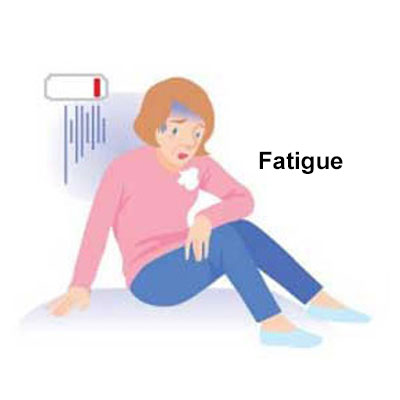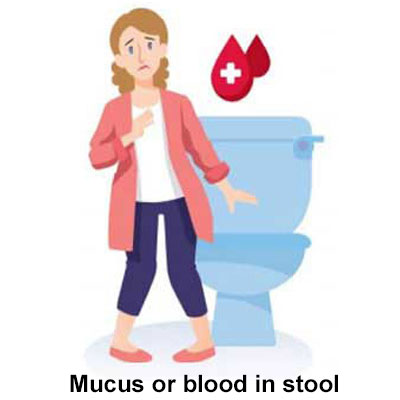Crohn’s disease (CD)
-
About Crohn’s Disease
Crohn’s disease is an inflammatory bowel disease (often abbreviated IBD), which means there is inflammation in the bowel that can cause symptoms and damage.
What happens in Crohn’s disease?
In Crohn’s disease, there is inflammation of the bowel (intestinal wall) usually occurring in patches. Any part of the digestive tract can be affected from the mouth to the anus; the end of the small intestine is the most commonly affected site.
What causes Crohn’s disease?
- The inflammation in Crohn’s disease is believed to be due to activity of the immune system but the exact cause is unknown. Diet and stress are not believed to cause inflammatory bowel diseases.
- Smoking can increase the likelihood of developing Crohn’s disease and disease activity.
- The disease is not contagious.
-
Symptoms
What are the symptoms?
The symptoms will vary from person to person, and from time to time. People can experience flare-ups that can be mild to severe, with periods without symptoms in between.
Common symptoms include abdominal pain, diarrhoea (sometimes with blood and mucus), constipation, nausea, fatigue and sometimes weight loss.
Please contact your doctor if your symptoms change.
-
-
Diagnosis and Treatment
A gastroenterologist will diagnose and treat Crohn’s disease.
How is it diagnosed?
It can be difficult and take several months to diagnose Crohn’s disease, especially when the symptoms are mild. Your doctor will make a diagnosis based on your symptoms and some tests, which can include blood tests, a stool specimen, internal bowel examination with a flexible tube called an endoscope, imaging tests such as a CT (computed tomography) or MRI (magnetic resonance imaging) scan.
How is it treated?
Treatments are available to control the inflammation and reduce symptoms. If there is a nutritional deficiency, this can be corrected with vitamins and supplements as recommended by your doctor.
Although inflammatory bowel diseases like Crohn’s are not caused by particular foods or food allergies, many people do adjust their diet to reduce symptoms.
Please contact your doctor for further information about your condition and treatment.
References
1. Gastroenterological Society of Australia. IBD: Crohn’s disease and Ulcerative Colitis Factsheet. Available at: https://www.gesa.org.au/public/13/files/Education%20%26%20Resources/Patient%20Resources/IBD/16_%20IBD-Crohns-Colitis_Fact-Sheet.pdf. Accessed April 2021.
2. Victoria State Government. Better Health Channel. Crohn's disease and ulcerative colitis. Available at https://www.betterhealth.vic.gov.au/health/conditionsandtreatments/crohns-disease-and-ulcerative-colitis Accessed April 2021.
Abbreviations
CD, Crohn's disease; CT, computed tomography; GI, gastrointestinal; IBD, inflammatory bowel disease; MRI, magnetic resonance imaging







